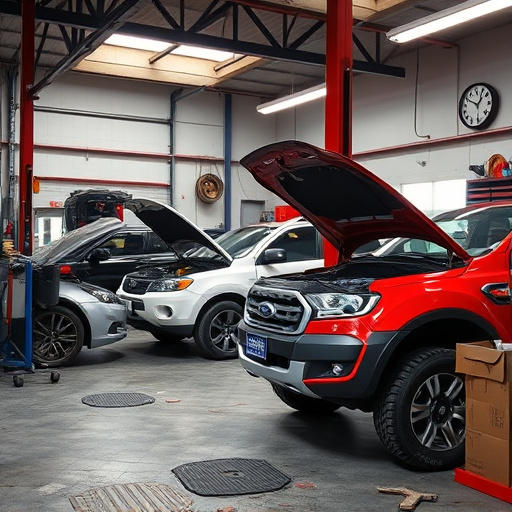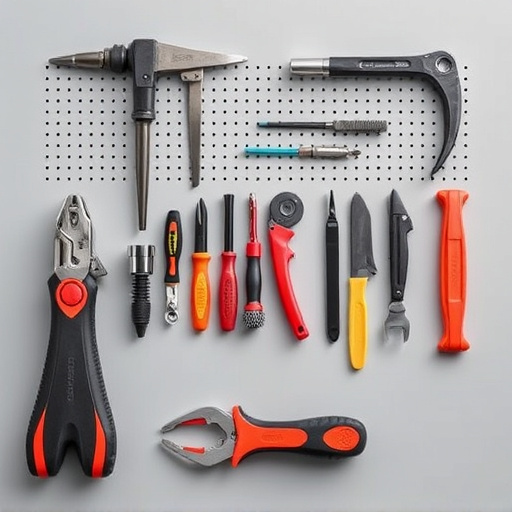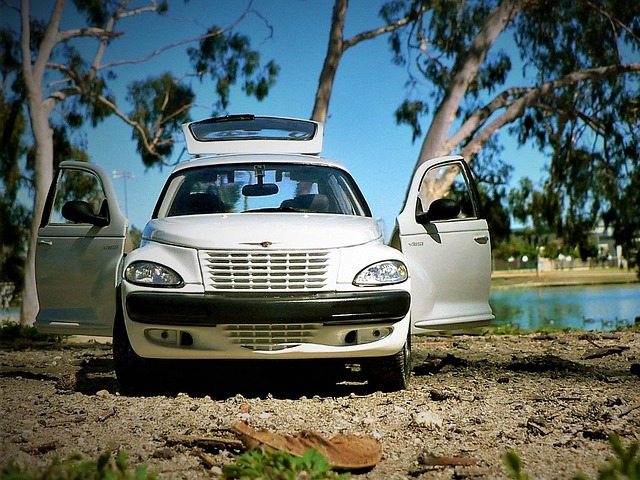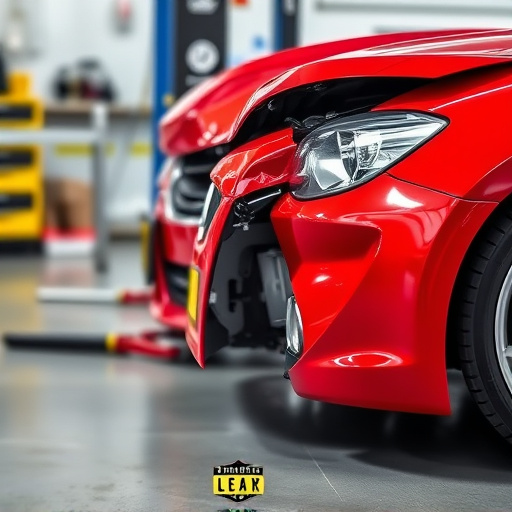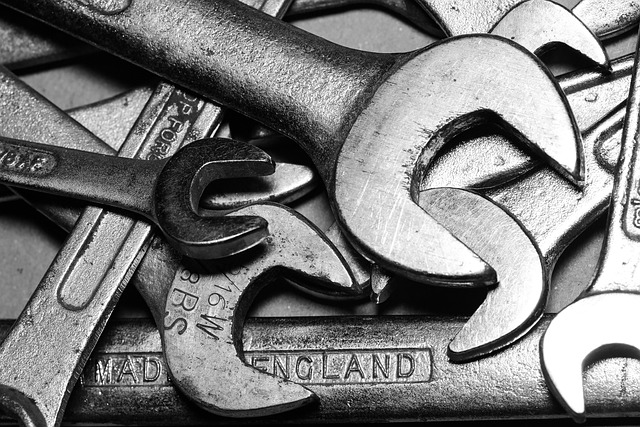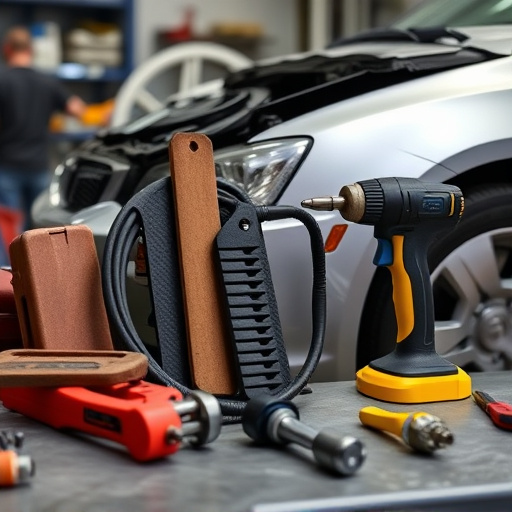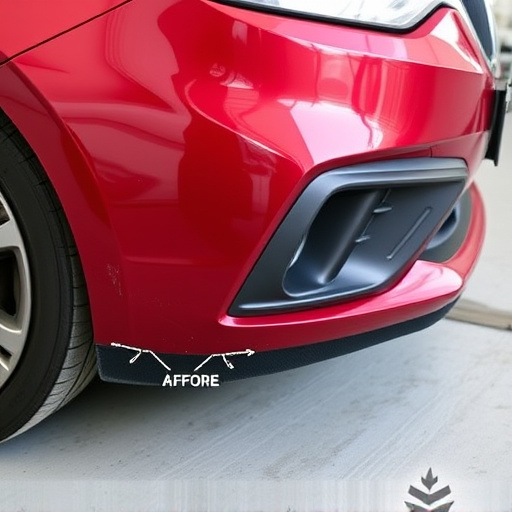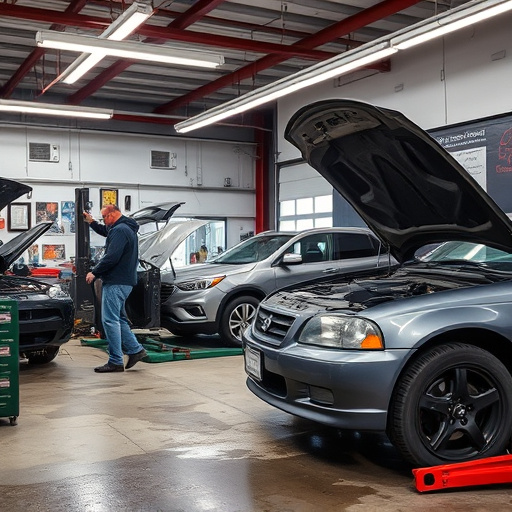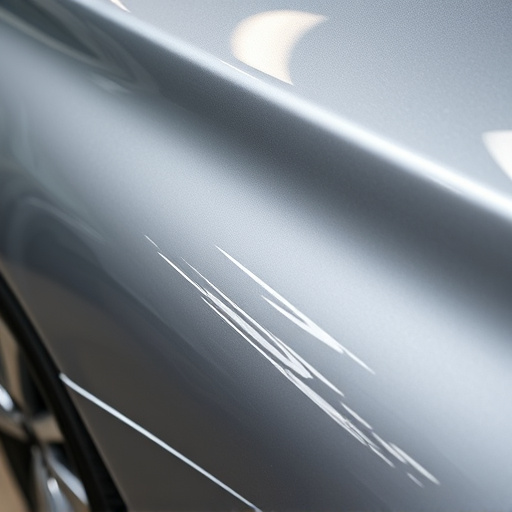Tesla's adoption of structural aluminum in vehicle construction offers lightweight strength and enhanced durability, crucial for achieving optimal performance and safety standards, especially in Tesla structural aluminum repair. This material reduces car weight, boosting fuel efficiency and handling, while its corrosion resistance ensures long-term stability, enhancing passenger safety during collisions. Repair involves a meticulous process: inspection, panel straightening, advanced welding, strict performance tests, and precise painting to match original finishes, ensuring seamless functionality, safety, and aesthetic appeal comparable to top-tier body shops. Reputable auto body shops follow stringent protocols using certified materials that meet or exceed Tesla's specs for comprehensive repairs, from minor dents to extensive structural aluminum replacements.
Tesla’s innovative use of structural aluminum in their vehicle construction offers enhanced performance and lightweight benefits. However, repairs are essential to maintaining safety standards. This article delves into the intricate world of Tesla structural aluminum repair, providing a comprehensive guide for both professionals and enthusiasts. From understanding the unique design to following strict safety protocols, we explore the steps involved in ensuring these high-performance vehicles remain safe and reliable on the road.
- Understanding Tesla's Structural Aluminum Design and Its Benefits
- The Process of Structural Aluminum Repair: A Step-by-Step Guide
- Adhering to Safety Standards for Tesla Structural Aluminum Repairs
Understanding Tesla's Structural Aluminum Design and Its Benefits

Tesla’s adoption of structural aluminum in their vehicle construction offers a unique blend of lightweight strength and enhanced durability. This innovative design choice isn’t just about aesthetics; it plays a pivotal role in achieving optimal performance and safety standards, particularly in Tesla structural aluminum repair. By employing this material, Tesla engineers manage to reduce the overall weight of the car, leading to improved fuel efficiency and dynamic handling.
The benefits extend beyond weight savings. Structural aluminum provides excellent resistance against corrosion, ensuring that the integrity of the car’s body remains intact over time. This characteristic is crucial for maintaining the structural stability required in the event of a collision, thereby enhancing passenger safety during vehicle repair processes involving auto body services.
The Process of Structural Aluminum Repair: A Step-by-Step Guide
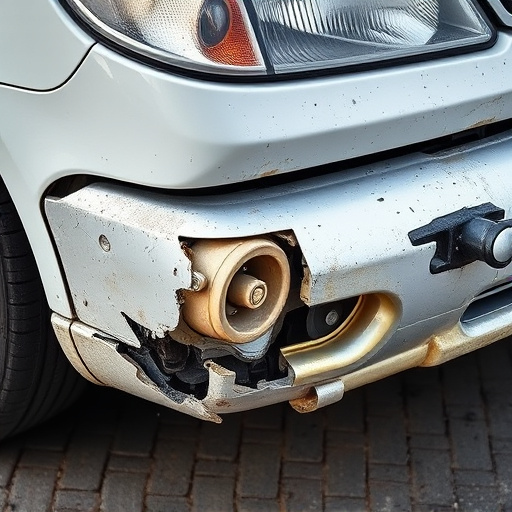
The process of Tesla structural aluminum repair involves a meticulous, multi-step approach designed to preserve both the integrity and original aesthetics of the vehicle. It starts with a thorough inspection to identify the extent of damage, followed by careful removal of any affected components for precise analysis. Next, specialized tools are used to straighten and realign damaged aluminum panels, ensuring they fit perfectly with surrounding surfaces.
After the initial preparation, skilled technicians apply state-of-the-art welding techniques to securely bond the repaired sections, adhering to strict safety standards. This is followed by a meticulous painting process, where careful surface preparation meets with high-quality paint application to match the vehicle’s original finish. Throughout, key performance and structural integrity tests are conducted to guarantee that the Tesla vehicle restoration meets the highest industry standards, rivaling even factory specifications. The end result is a seamless blend of functionality, safety, and aesthetic appeal, comparable to tire services provided by top-tier vehicle body shops.
Adhering to Safety Standards for Tesla Structural Aluminum Repairs
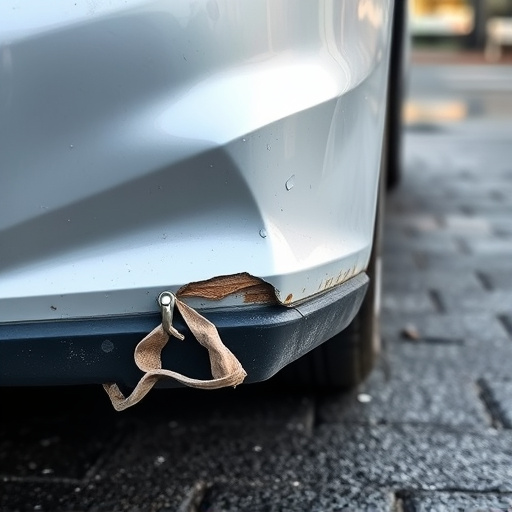
When it comes to Tesla structural aluminum repair, adhering to safety standards is paramount. Not only does it ensure the integrity of the vehicle’s structure, but it also guarantees the well-being of both drivers and passengers. Reputable auto body shops equipped with specialized knowledge and tools for Tesla repairs follow stringent protocols to maintain these standards. This includes using certified materials that meet or exceed Tesla’s specifications, employing precision techniques to minimize damage during repair, and ensuring proper alignment once the fix is made.
The process involves careful assessment of the damaged area, often requiring intricate work due to the unique design and construction of Tesla vehicles. Skilled technicians must be adept at handling various types of structural aluminum repairs, from simple dents and dings to more complex panel replacements. This expertise, coupled with adherence to safety standards, ensures that any repair on a Tesla—whether it’s for an auto glass replacement or extensive Mercedes Benz repair—is performed flawlessly, maintaining the vehicle’s structural integrity and safety features.
In conclusion, mastering Tesla structural aluminum repair is paramount for ensuring vehicle safety and longevity. By understanding the unique benefits of this lightweight yet robust design and adhering strictly to safety standards, technicians can proficiently address repairs, preserving the integrity and performance of these innovative electric vehicles. For those specializing in automotive restoration, embracing the challenges and nuances of Tesla structural aluminum repair can open doors to a new era of sustainable and cutting-edge vehicle maintenance.
